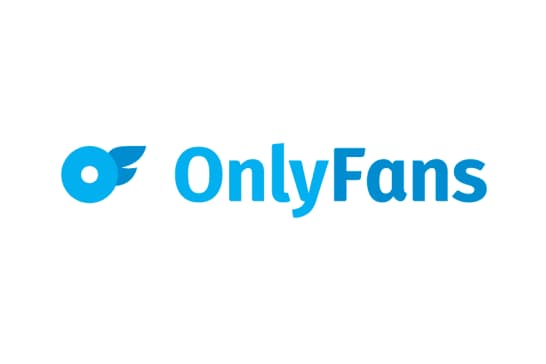CVE is a system for identifying cyber vulnerabilities. It is a common language that allows various databases to share vulnerability information seamlessly.
Vulnerabilities are weaknesses in software and hardware that give bad actors access or the ability to take action they shouldn’t have. They are the root cause of trillions in costs yearly, from data theft and ransomware to DDoS attacks.
Empowering teams
A CVE platform’s central focus is enabling teams to discuss their sites effectively. It is done by removing team silos and making it easy to share information with others. It is achieved through features such as dropping markups and comments on specific site locations, tagging people, and more.
A vulnerability is a weakness that an attacker can exploit to gain access to a system and data. It could be an error in a software program, an incorrect configuration, or another flaw that can be used as a stepping stone into a larger network.
A vulnerability is usually assigned a CVE identifier and added to a database that lists vulnerabilities. The databases are maintained by CVE numbering authorities, which are typically large software vendors. The databases then feed the National Vulnerability Database (NVD). NVD is a public database and provides additional details about the vulnerability, including what products are affected, how it can be exploited, and remediation options.
Removing team silos
Team silos occur when departments focus on their department-specific goals, often overlapping with other teams’ objectives. This results in delays, miscommunications, and a lack of cross-team collaboration.
Favoritism and unhealthy competition in a company culture also contribute to team silos, preventing information-sharing and hindering cooperation. A unified vision of company goals will help break down these barriers and promote an all-for-one mindset.
A streamlined communication tool can improve inter-team collaboration by encouraging more department interactions. The platform provides a range of functionalities, including individual direct messaging and public conversations organized as channels anyone can join. For example, a sales team may need additional technical information to convert a client, which can easily be requested from the engineering team with just one ping. It will reduce response times and improve the overall productivity of your teams. The result is a more collaborative and centralized organization. It will lead to more effective project management and better client experience.
Unlocking the true value of Data
In an era of massive data, making sense of the information available can be challenging. Data silos can prevent teams from leveraging the full potential of their information, creating inefficient and unproductive workflows. It is why it is important to understand and utilize the tools that are available to you.
One of the most crucial tools for any cybersecurity professional is CVE, an international standard that allows for a shared, standardized vulnerability database. This system allows software developers and security professionals to identify and manage vulnerabilities.
When a vulnerability is discovered, the CVE system assigns it a unique numeric ID. It provides a centralized way for vendors, end-users, researchers, and security experts to reference these flaws across databases, advisory boards, and bug trackers. The process for adding a new CVE is thorough and systematic.
Putting all project information into the context of the site
A CVE Identifier is used to identify a security threat by describing the problem in standardized terms. It includes a brief description of the flaw, the product, the vendor it affects, what versions are impacted, how the vulnerability can be exploited, and the active code components. The identifiers are assigned by CVE Numbering Authorities (CNAs), which include IT vendors, security companies, and research organizations. The CVE List feeds the National Vulnerability Database (NVD) maintained by NIST.
However, the implication of the branding may draw unwanted attention from unsavory elements, elevating the risk for grantees and associated individuals. Furthermore, the pejorative phrasing is likely counterproductive to VE programs’ aims in contexts where resistance to Western influence is common.
It’s essential to remember that a program’s focus should be on the drivers of violence, not its beneficiaries. Therefore, additional top-level guidance from donors would help direct KTI implementers to consider the implications of using VE branding and language.



